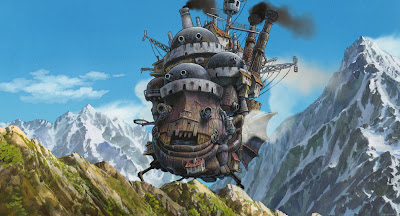Theodor Seuss Geisel, more commonly known as Dr Seuss, was born in 1904 in Springfield, Massachusetts.
He graduated Dartmouth College in 1925 and then went on to study at Oxford University with the intent of acquiring a doctorate in literature. It was here that he decided he no longer wanted to be a scholar, but that he wanted to draw. He returned to the States in 1927 and began working for the humour magazine 'Judge', submitting both cartoons and humorous articles for them.
His first novel 'And To Think That I Saw It On Mulberry Street' was rejected by countless publishers before it was eventually published by a friend. 'The Cat in the Hat' was the thirteenth children's book by Dr Seuss, and perhaps the book that defined his career. At 82 years old he published his last book; 'You're Only Old Once' and told reporters "Age has no effect on me. I surf as much as I ever have. I climb Mount Everest as much as I ever have..."
"And then he was gone with a tip of his hat"
Theodor Seuss Geisel died on September 24th in 1991.
Seuss wrote books that make people think and imagine. From creating new animals to creating new alphabets, Seuss teaches us that the imagination can lead to discoveries that are literally beyond words.
"Think left and think right/ think low and think high/ Oh the THINKS you can think up if only you try!"
Dr Seuss was not only a great author, but a great artist too. For over 60 years his illustrations brought a visual realisation to his fantastic and imaginary worlds. Throughout his lifetime, Seuss created a number of paintings and sculptures, these Secret Art works he rarely exhibited whilst he was alive, but asked for his wife to share these works with his fans once he was gone.
In 1997 the Art of Dr Seuss project was launched, for the first time collectors were able to see and purchase lithographs, serigraphs and sculptures reproduced from Geisel’s original drawings and paintings. Now these artworks have toured leading galleries and museums across the world, establishing Seuss as a significant artist of the 20th century, his work can be found alongside works by Picasso and Rembrandt.
"Surly Cat Being Ejected"
Mixed Media Pigment Print on Canvas.
"Green Cat With Lights"
Mixed Media on Canvas.




























